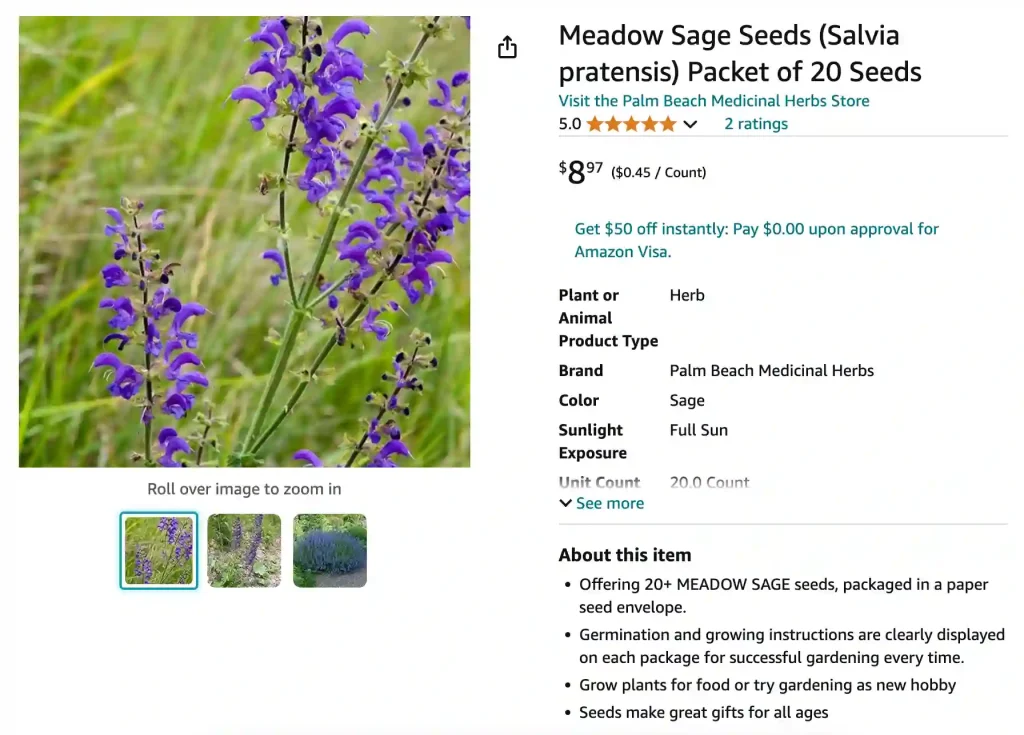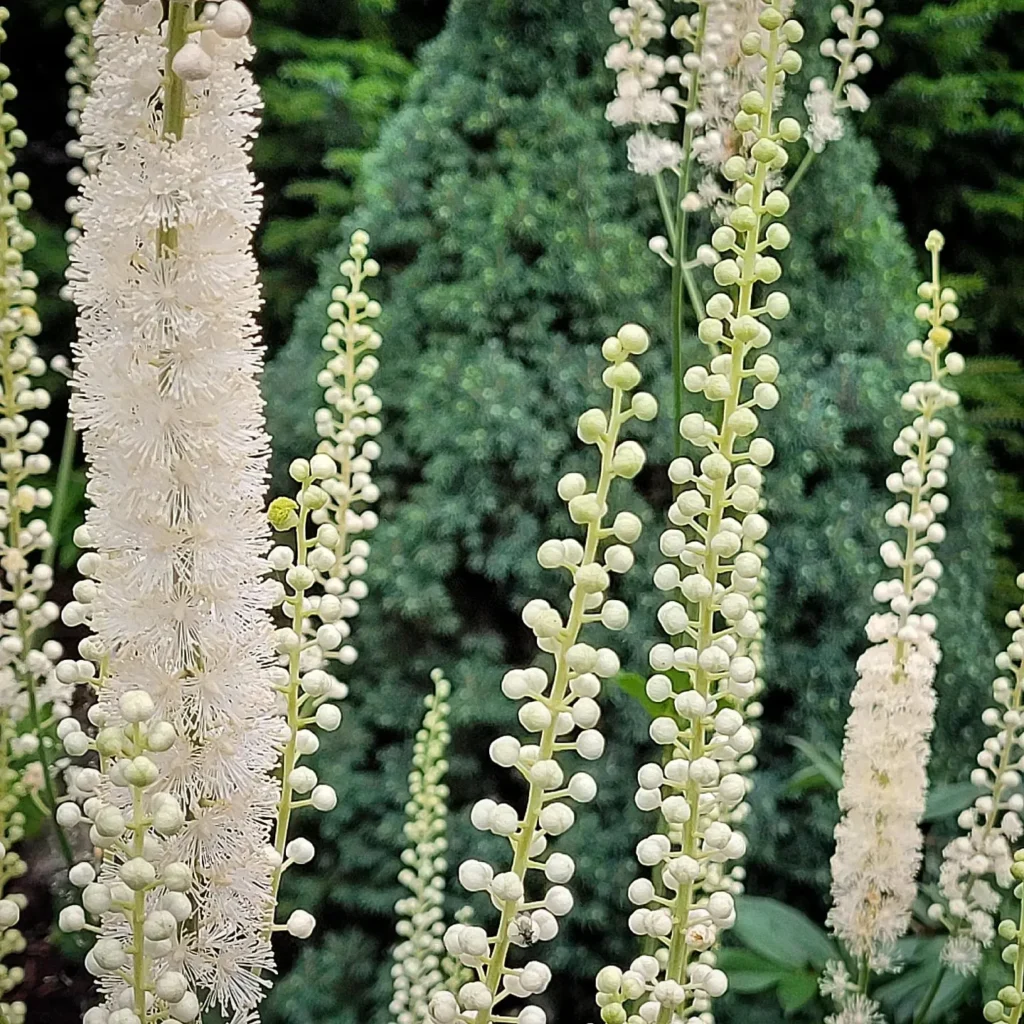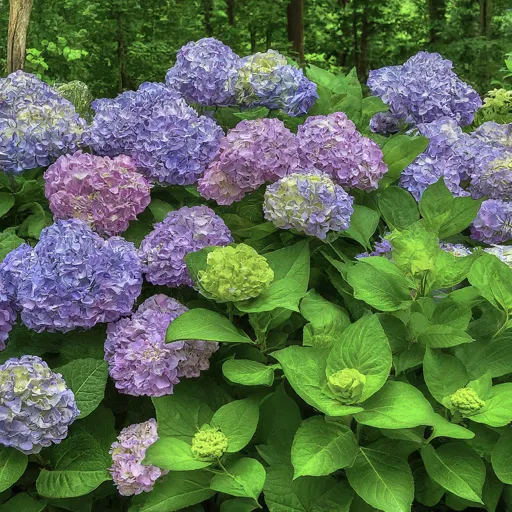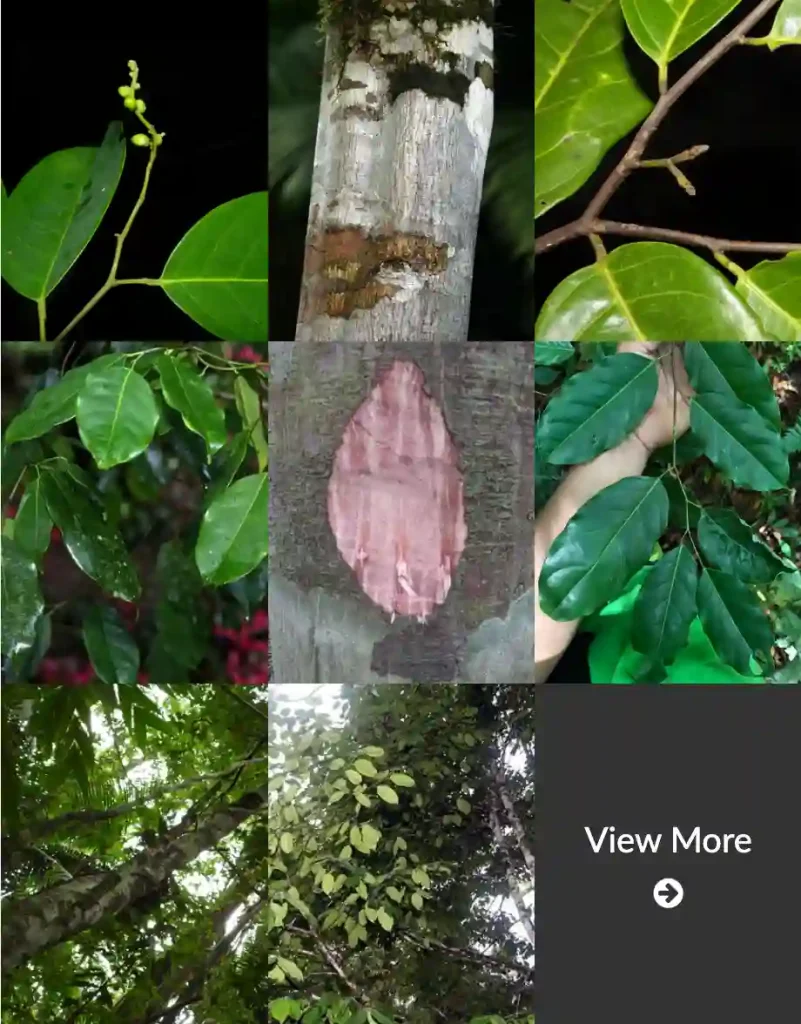
FAQs About Salvia Pratensis
Salvia pratensis, commonly known as Meadow Sage, is a fascinating plant that I’ve spent quite a bit of time exploring. Its vibrant flowers and medicinal history make it a topic of interest for many gardeners and herbal enthusiasts. I’ve encountered several frequently asked questions about Salvia pratensis, so I thought I’d address them here to clear up any confusion.
1050 Species in Genus Salvia
What Is Salvia Pratensis?
Salvia pratensis, or Meadow Sage, is a perennial herbaceous plant native to Europe and parts of Asia. Known for its beautiful spikes of violet-blue flowers, it adds a splash of color to gardens and meadows. The plant thrives in well-drained soil and full sun but can tolerate partial shade. It grows up to 30-60 cm in height and blooms from late spring to early summer.
Is Salvia Pratensis a Drug?
Salvia pratensis is not typically considered a drug in the conventional sense. Unlike Salvia divinorum, which is known for its psychoactive properties, Salvia pratensis does not have significant narcotic or hallucinogenic effects. Instead, its use is mostly ornamental, and it has been traditionally used in herbal medicine for its mild antiseptic and astringent properties. It’s important not to confuse it with other species of Salvia that have different effects and uses.
Is Salvia Pratensis Smoking?
No, Salvia pratensis is not commonly used for smoking. It does not have the same psychoactive properties as Salvia divinorum, which is sometimes smoked for its hallucinogenic effects. Salvia pratensis is more appreciated for its beauty and its place in herbal remedies rather than its use in smoking or recreational drugs.
When to Transplant Salvia Pratensis L?
Transplanting Salvia pratensis is best done in early spring or fall. This timing allows the plant to establish itself before the extremes of summer or winter set in. When transplanting, choose a sunny location with well-drained soil. Ensure the new site has similar conditions to its original spot to minimize transplant shock. Water thoroughly after planting and monitor the plant for a few weeks to ensure it adapts well.
How to Care for Salvia Pratensis?
Caring for Salvia pratensis is relatively straightforward. It requires full sun to thrive and well-drained soil. Regular watering is necessary, but avoid waterlogging as it can lead to root rot. During the growing season, a light application of a balanced fertilizer can promote healthy growth and blooming. Deadheading spent flowers can encourage a longer blooming period. In colder climates, applying a layer of mulch in late fall can help protect the plant over winter.
How to Propagate Salvia Pratensis?
Propagating Salvia pratensis can be done through seeds or divisions. To propagate from seeds, sow them directly into the soil in early spring or start them indoors 6-8 weeks before the last frost. Keep the soil moist and provide adequate light for germination. For division, dig up established plants in early spring or fall, and divide the root clumps into smaller sections. Replant these sections in new locations, ensuring they are spaced appropriately.
What to Plant with Salvia Pratensis?
Salvia pratensis pairs well with various garden plants. Its tall spikes of flowers complement low-growing ground covers like thyme or creeping Jenny. You can also plant it alongside other perennials such as coneflowers, black-eyed Susans, and ornamental grasses for a vibrant and diverse garden display. The contrasting textures and colors can enhance the visual appeal of your garden.
Can You Grow Salvia Pratensis Indoors?
Salvia pratensis is primarily an outdoor plant and thrives in garden settings. Growing it indoors can be challenging due to its need for full sun and the space it requires to reach its full potential. If you want to try growing it indoors, ensure it receives plenty of light from a south-facing window or grow lights and provide adequate ventilation. However, for the best results, it’s generally better suited for outdoor gardens.
Is Salvia Pratensis Toxic?
Salvia pratensis is not considered toxic. It is safe to handle and grow in gardens without concern for poisoning pets or children. Unlike some plants in the Salvia genus, which may have toxic properties, Salvia pratensis does not pose significant risks. However, as with any plant, it’s always a good idea to monitor for any allergic reactions or sensitivities.
Benefits of Salvia Pratensis
Salvia pratensis offers several benefits beyond its aesthetic appeal. Its medicinal properties have been utilized historically for their mild antiseptic and astringent effects. It can also attract pollinators such as bees and butterflies, enhancing the biodiversity of your garden. Additionally, its low maintenance requirements make it an excellent choice for gardeners looking for a beautiful yet hardy plant.
Common Problems with Salvia Pratensis
One common issue with Salvia pratensis is susceptibility to powdery mildew, especially in humid conditions. To prevent this, ensure good air circulation around the plant and avoid overhead watering. Another issue could be root rot if the soil is not well-drained. To address this, make sure the planting site has proper drainage and avoid overwatering.
Compare with Other Similar Plants
Salvia pratensis is often confused with Salvia officinalis (common sage) or Salvia divinorum. Unlike Salvia officinalis, which is used as a culinary herb, Salvia pratensis is grown primarily for ornamental purposes. Salvia divinorum, on the other hand, is known for its psychoactive properties and should not be confused with Salvia pratensis.
I hope this guide helps you understand more about Salvia pratensis and addresses any questions you might have. Whether you’re growing it for its beauty or its historical uses, this plant can be a wonderful addition to your garden.
If i die, water my plants!



